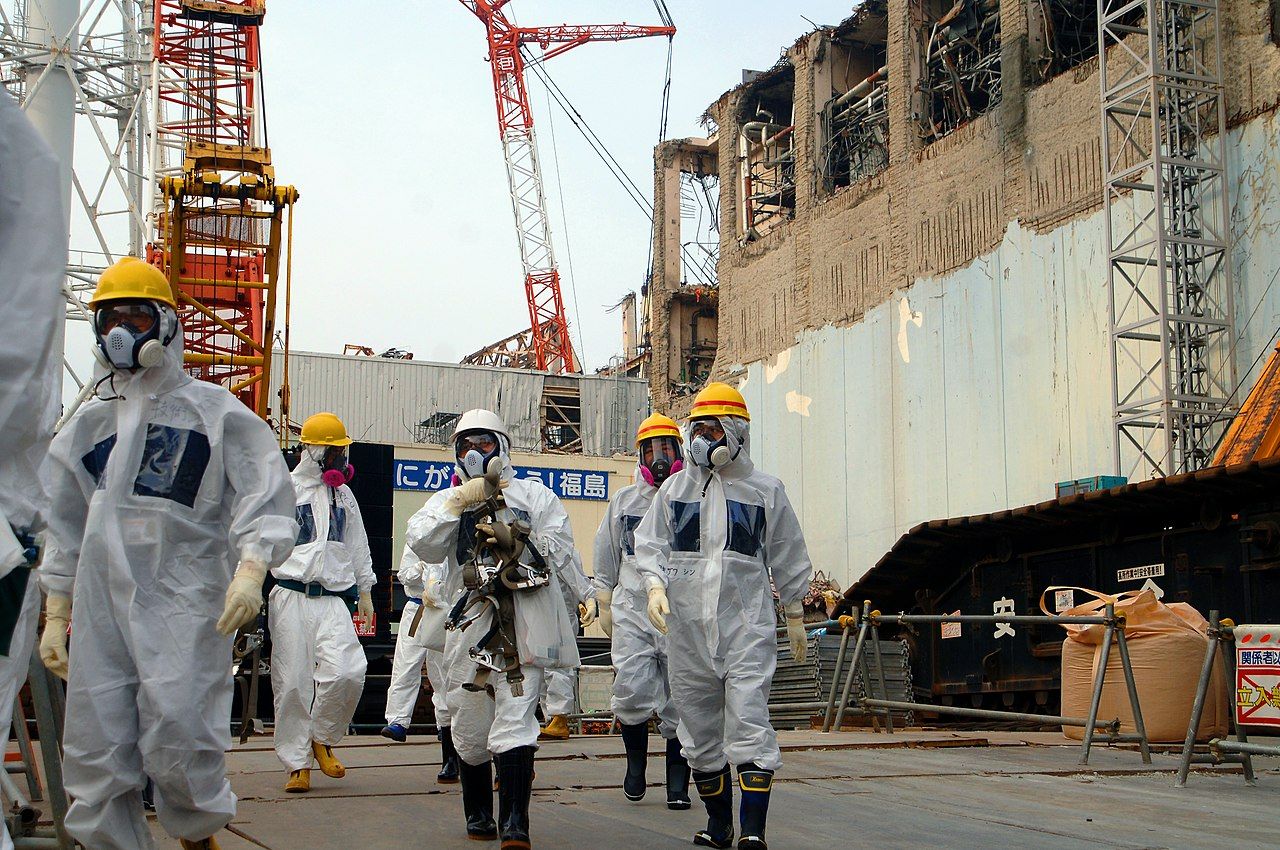
Ten years since Fukushima nuclear disaster
Ten years ago today the Fukushima nuclear disaster kicked off events which would see 165,000 people evacuated, a Prime Minister resign, a complete change of energy policy in Japan and large amounts of radioactivity dumped in the Pacific.
I remember watching on live tv as first one, then a second and then a third reactor building blew up, scattering roof and wall panels across the nuclear site. Initially downplayed, the disaster was eventually classified at the same severity level as the 1986 explosion at Chernobyl.
The Fukushima Daiichi nuclear station is on the east coast of Honshu, the largest of the Japanese islands, and is about 140 miles north of Tokyo. A massive earthquake caused the three running reactors at the plant to go into automatic shut down but the subsequent tsunami took out the diesel generators and battery backups that were supposed to run the pumps to cool the reactor cores. As the temperatures rose and rose hydrogen was released, causing the three explosions and all three reactors suffered partial meltdowns.
Over several days 165,000 people were evacuated from the areas around the plant. Six years, and much clean-up effort, later most of them returned but today there is still a core zone which is too dangerous for its 50,000 original residents to be allowed back.
An official inquiry found that the company running the station had failed to plan for the very foreseeable dangers of earthquakes and tsunamis, and had no evacuation plan in place. The company was eventually taken over by the government and the Prime Minister Naoto Kan resigned over his handling of the tsunami and nuclear disasters.
Groundwater seeps through the plant, picking up radioactivity from the melted uranium fuel. Some of it is captured and stored in tanks, although they will be full some time next year, but some of it makes it out to contaminate the Pacific.
Many parts of the plant are too radioactive for human workers and specially-created robots are trying to clean up the site although even they are frequently put out of action by the radiation.
As well as the robots there is a clean-up crew of 5,000 people and independent estimates put the final bill for clean up at over £550bn, a bill which will be paid by the public purse since the insurers cleverly exclude anything that results from an earthquake or tsunami. Current predictions are that it may be 2051 before the site is cleaned up.
Japan’s energy policy has changed direction radically, with plans to build more reactors scrapped and a big new focus on renewable energy. Public concerns and required new safety measures mean that last year only 9 of Japan’s 42 operational reactors were actually running.
The Fukushima disaster has also had a big impact outside Japan, stalling the supposed nuclear renaissance of which the industry dreamed. Taiwan, Belgium and Germany accelerated their phase out plans and Italy voted against new nuclear. George W Bush’s 2002 plan for 36 new nuclear plants has dwindled to three. The UK’s plans for six look likely to deliver only one.
The Fukushima anniversary should remind us that new nuclear power is never worth the risk.
Dr Richard Dixon is Director of Friends of the Earth Scotland. A version of this article appeared in The Scotsman on Thursday 11 March 2021.
